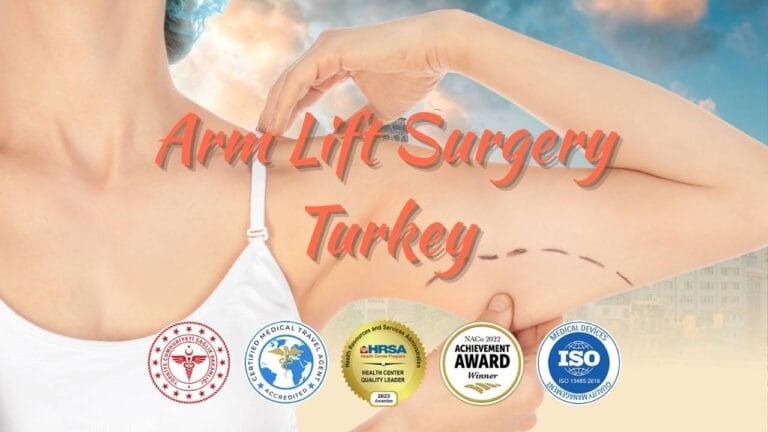Welcome to your comprehensive BBL Aftercare Sitting Guide, designed to ensure the safety and longevity of your results. It is crucial to understand that the surgery is only 50% of the work; the other 50% is how you protect the fat cells during the critical first 6 weeks.
The “No-Sitting” Rule: Understanding Revascularization
To understand why we are so strict about avoiding pressure, you must understand the biology of Fat Survival. When fat is transferred from your liposuction zones to your buttocks, the cells are severed from their original blood supply. For the first few weeks, these cells are technically living without a direct blood source and rely on osmosis (absorbing nutrients from surrounding tissues) to survive.
The process of growing new blood vessels into the grafted fat is called Angiogenesis or Revascularization. This biological process takes roughly 6 to 8 weeks to complete. If you sit directly on your buttocks during this window, you compress the tiny capillaries attempting to connect to the fat. This cuts off oxygen, leading to Hypoxia (cell death).
The Clinical Reality: Even under perfect conditions, your body will naturally absorb 30% to 40% of the transferred fat. The goal of strict aftercare is to prevent additional loss due to pressure. Fat cells that die due to pressure do not simply disappear immediately; they can turn into oil cysts (Fat Necrosis) or hard calcifications, resulting in a lumpy, uneven, or flat result.
Clinic Care Center: The “Toilet Trap” & Driving
Many patients follow the rules strictly but fail in one area: The Toilet. You cannot sit normally on a toilet seat for the first 6 weeks. The pressure on your thighs can cut off circulation to the lower buttocks. We recommend using a raised toilet seat or using your arms to hover (squat). Also, driving is prohibited for 4-6 weeks because pressing the pedals engages the gluteal muscles and the car seat exerts direct pressure. Plan your transportation in advance.
Timeline: When Can I Sit & Sleep Normally?
| Recovery Phase | Sitting Rules | Sleeping Rules |
|---|---|---|
| Week 0 – 2 | STRICTLY NO SITTING. Stand or lie down only. Use BBL Pillow only for absolute emergencies (max 5 mins). | Stomach Sleeping ONLY. Place a pillow under hips to relieve back tension. |
| Week 3 – 6 | Modified Sitting. You may use a BBL Pillow (Boppy) for 15-30 mins intervals. Stand up frequently. | Stomach or Side Sleeping (if supported by pillows to keep pressure off hips). |
| Week 6 – 8 | Normal sitting on soft surfaces (cushions). Avoid hard chairs. | Back sleeping is allowed, but continue using soft support. |
| Month 3+ | Unrestricted sitting. | Normal sleeping. |
Mastering the “Stomach Sleeper” Position
Sleeping on your stomach can be challenging if you are not used to it. Use these techniques to maintain comfort without damaging your results:
- The Pillow Fortress: Place a pillow under your chest and another under your shins/ankles. This elevates your body slightly and reduces strain.
- Relieving Back Pain: Stomach sleeping often strains the lower back (lumbar spine). Placing a flat pillow under your pelvis helps align the spine and reduce morning stiffness.
- Neck Support: Avoid twisting your neck to the side all night. We recommend using a “U” shaped travel pillow or a massage-table style face pillow to allow you to breathe easily while facing down.
Frequently Asked Questions (FAQ)
What if I accidentally roll onto my back while sleeping?
Do not panic. If you wake up on your back, simply correct your position immediately. While prolonged pressure causes damage, a few moments of accidental pressure usually will not ruin your entire result. However, you must arrange pillows around you to create a barrier that prevents rolling.
How does the BBL Pillow work?
A BBL pillow (often made of high-density foam) is designed to elevate your buttocks. You place the pillow under your thighs, allowing your buttocks to “hang” freely in the air without touching the seat. This shifts your weight entirely to your hamstrings.
Can I use a donut cushion?
No. Donut cushions are designed for hemorrhoids or tailbone pain, not BBLs. They are often too small and still apply pressure to the outer rim of the buttocks, where fat has likely been grafted. Only use pillows specifically designed for BBL recovery.
How long must I wear the Faja (Corset)?
You must wear your Stage 1 and Stage 2 Fajas 24 hours a day, 7 days a week for the first 6 weeks (removing only to shower). The compression helps reduce swelling (edema) and molds the skin over the new fat. Without it, you risk fluid accumulation (seromas) and loose skin.
When can I fly home?
If you are traveling for your surgery, you must take special precautions on the flight. You cannot sit flat in the airplane seat. You must use a BBL Pillow. Furthermore, it is critical for DVT (blood clot) prevention that you stand up and walk the aisle every hour.
What happens to the dead fat cells?
If fat cells die due to pressure (necrosis), the body attempts to clean them up. This can result in calcification (hard, rock-like lumps under the skin) or oil cysts. These complications often require additional surgery to remove. Prevention is your best cure.
Protect Your Investment
You have invested time and money into your new curves. Don’t let 5 minutes of sitting undo the surgeon’s work. If you have any concerns about your recovery or specific pain, contact the post-op support team at Clinic Care Center immediately.
Also Read:
Labiaplasty
Vaginoplasty
Abdominoplasty (Tummy tuck)
Six Packs
Arm Lift
Brazilian Butt Lift (Bbl)
Gynecomastia
Thigh Lift
Vaser Liposuction
J-plasma
Mommy Makeover
Penile Enlargement
Scar Revision
Back Lift





